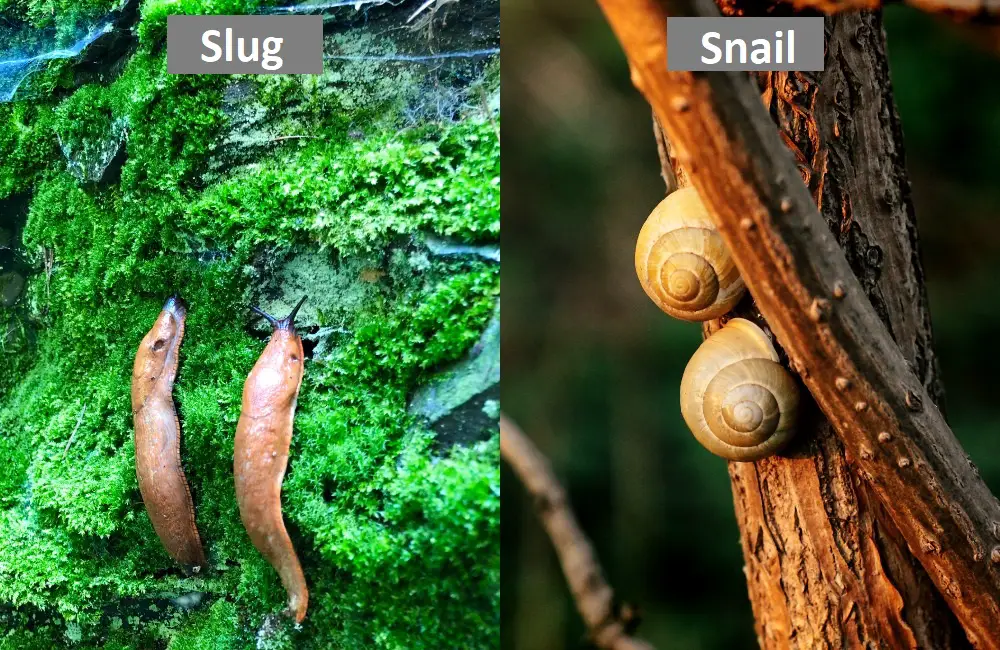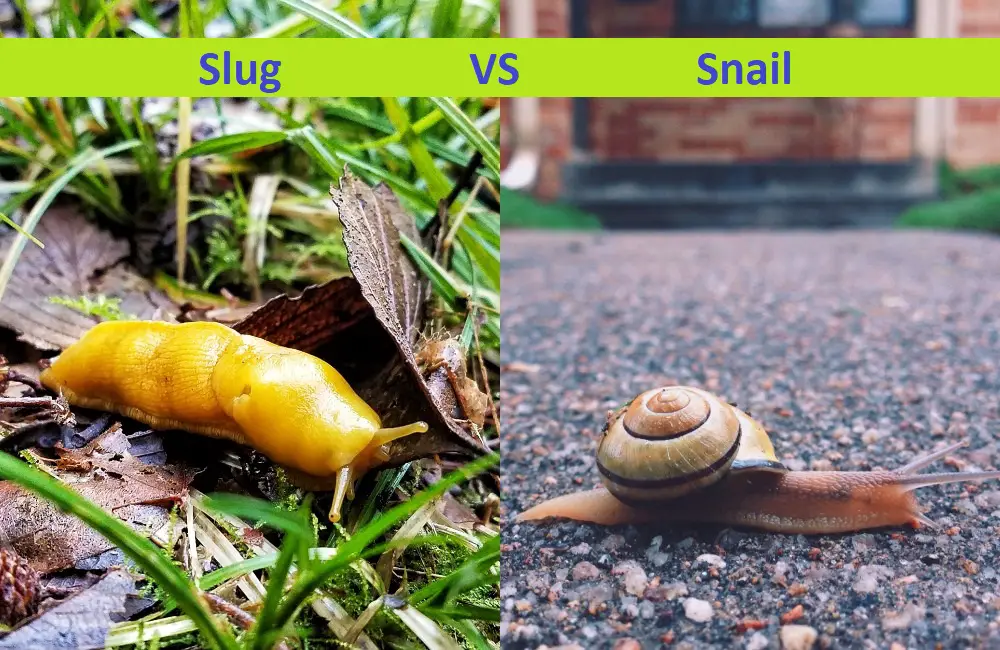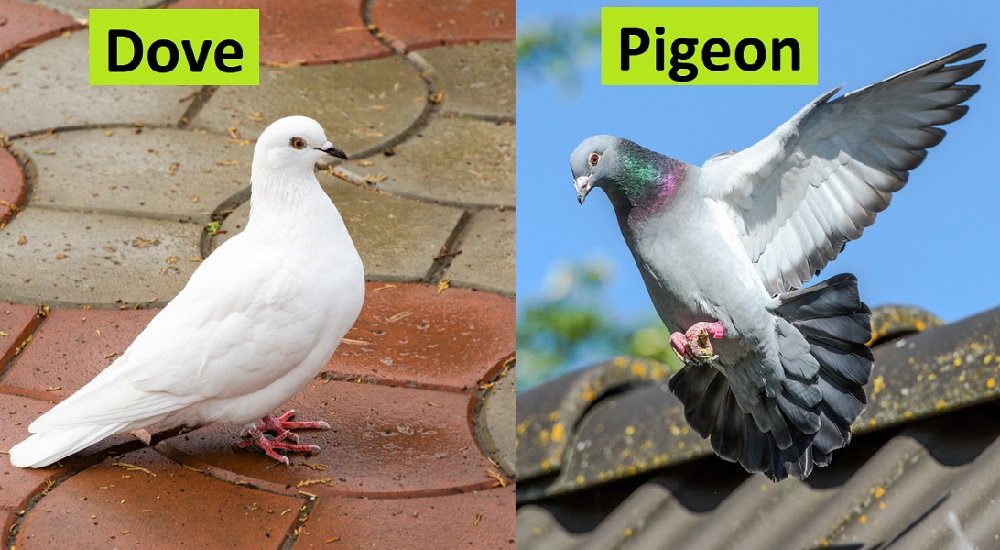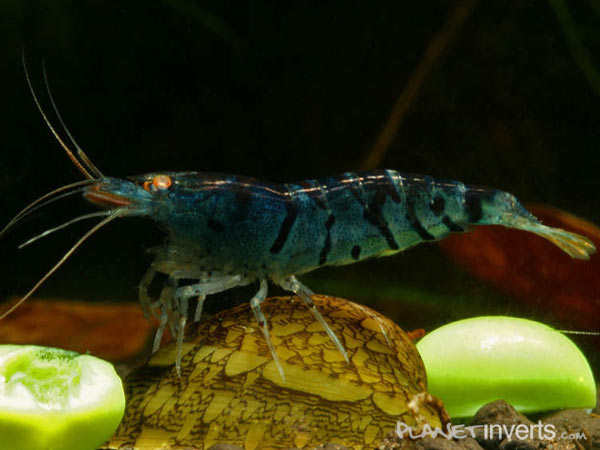Slug and Snail: What Are The Differences?
As both are land-living gastropods, slugs and snails share quite a few similarities. However, there is difference between slug and snail. Today, we will discuss in detail on slug vs snail to find out what sets these two slimy creatures apart.
Let’s get to it!
What Are Snails?

Snails are the member of the class gastropods, which comes from the Greek language. To break it down, gastros mean stomach, and podos mean foot. Because animals belonging to this class, such as snails, move by squishing their body and eats through the same area they use to move, they got this name.
Adult snails always have shells, which is the key component that sets them apart from slugs. Most gastropods live in the sea, but you can find snails that live on land, rivers, and seas.
The phylum and order of a snail are Mollusk and Plumonata, respectively. Being a Mollusk basically means that the animal does not have any bones or a skeleton. Snails have a soft body that leaves a trail of slime when they move.
Now let’s talk about their most distinguishing physical characteristic, the spiral external shell. As snails do not have any bone in their body to protect them, they use this calcium carbonate shell for protection and shelter instead. Their shells are external and often big enough for them to retract inside if needed.
Land snails have lungs to breathe in oxygen, which aquatic snails don’t.
What Are Slugs?

Slugs are very close relatives of snails, which is why they share a lot of the same features of snails we just talked about.
Like snails, slugs are also gastropods that belong to the Mollusk phylum and Pulmonata order. They move the same way snails do, and their bodies are boneless as well.
Their main striking physical feature is that slugs do not have those big spiral external shells snails always do. They may have internal shells or a very small outer shell, but they cannot retract fully inside them, which snails can do.
Slugs can very commonly be found in gardens, as they are very drawn to places with food and moisture. If they are left unchecked, slugs can actually cause serious harm to your garden and trees.
See The Key Difference Between Tick and Bed Bug
Slug VS. Snail: What Sets Them Apart?
As you can already guess, the most obvious way slugs differ from snails is that they do not have an external shell. Some slugs do, but it is tiny and nowhere near large enough for them to use as protection and retract into.
If you let go of the shell for a minute, the bodies of these two animals are actually quite the same. In fact, slugs are sometimes called ‘snails without shells’ because of how similar they are.
- Usage of Shell
For the slugs that do have shells, their use of it varies from snails. Snails use their shells as a house and for protection. Slugs, on the other hand, use their small shells to store calcium.
- Habitat

There are a few other minor differences, most of which stem from the fact that snails have a shell and slugs do not. For example, the habitats of snails and slugs vary. Because the shells are a large, awkward house on their back, snails cannot squeeze into slips and cracks.
On the other hand, because of their slimy and slippery small body, slugs can easily make a home in tiny congested areas such as loose tree bark, small cracks, in-between stones, etc. Snails cannot live in these areas because the shell gets in the way.
Slugs are terrestrial, which means they live on land. On the contrary, you can find snails everywhere – sea, river, land, pond, lake, etc.
- Other Differences
Slugs are more prone to desiccation since they do not get the added protection the snails do. Also, slugs tend to have tougher skins and produce more mucus to make up for the absence of shell. They can maneuver more compared to snails for the same reason.
As for the lifespan, snails can generally live up to two to three years. Slugs, on the other hand, can live for as long as six years, or even more.
Some Articles You Will Find Interesting:
- Ground Squirrel Vs. Chipmunk: What Are The Differences?
- Difference Between Mule and Donkey
- Shrimp Vs. Prawn: What Are The Differences?
Comparison Table of Slug and Snail
Here is a comparison table for a quick summary –
|
Parameter of Comparison |
Slug |
Snail |
|
Shell |
Absent, small, or internal |
External, large, and spiral |
|
Usual Size |
Up to 38 centimeters |
Up to 25.5 centimeters |
|
Usage of Shell (If Present) |
Storing Calcium |
Protection |
|
Living Space |
Tiny, hiding areas |
Anyplace humid; depends on their shells for refuge |
|
Skin |
Tough |
More delicate |
|
Natural Habitat |
Terrestrial |
Both terrestrial and aquatic varieties present |
|
Movement |
More maneuverability by comparison |
Less maneuverability by comparison |
|
Average Lifespan |
6+ years |
2-3 years |
Key Takeaways
- Snails have a big spiral outer shell made of calcium carbonate, in which they can fully retract into
- Slugs either have no shells or have very small internal ones, which are used to store calcium
- Snails and slugs are very similar gastropod Mollusks, with the key differentiating factor being the shell
- The other differences stem from their habitual differences due to the presence or absence of a shell
Final Words
Despite having many similarities, ultimately, one key difference between slug and snail sets them apart in various ways; this is why if you keep either as a pet, you must treat them differently.
That’s all for today. We hope our slug vs snail evaluation has been an interesting read. Until the next time!






